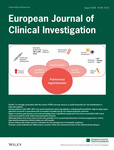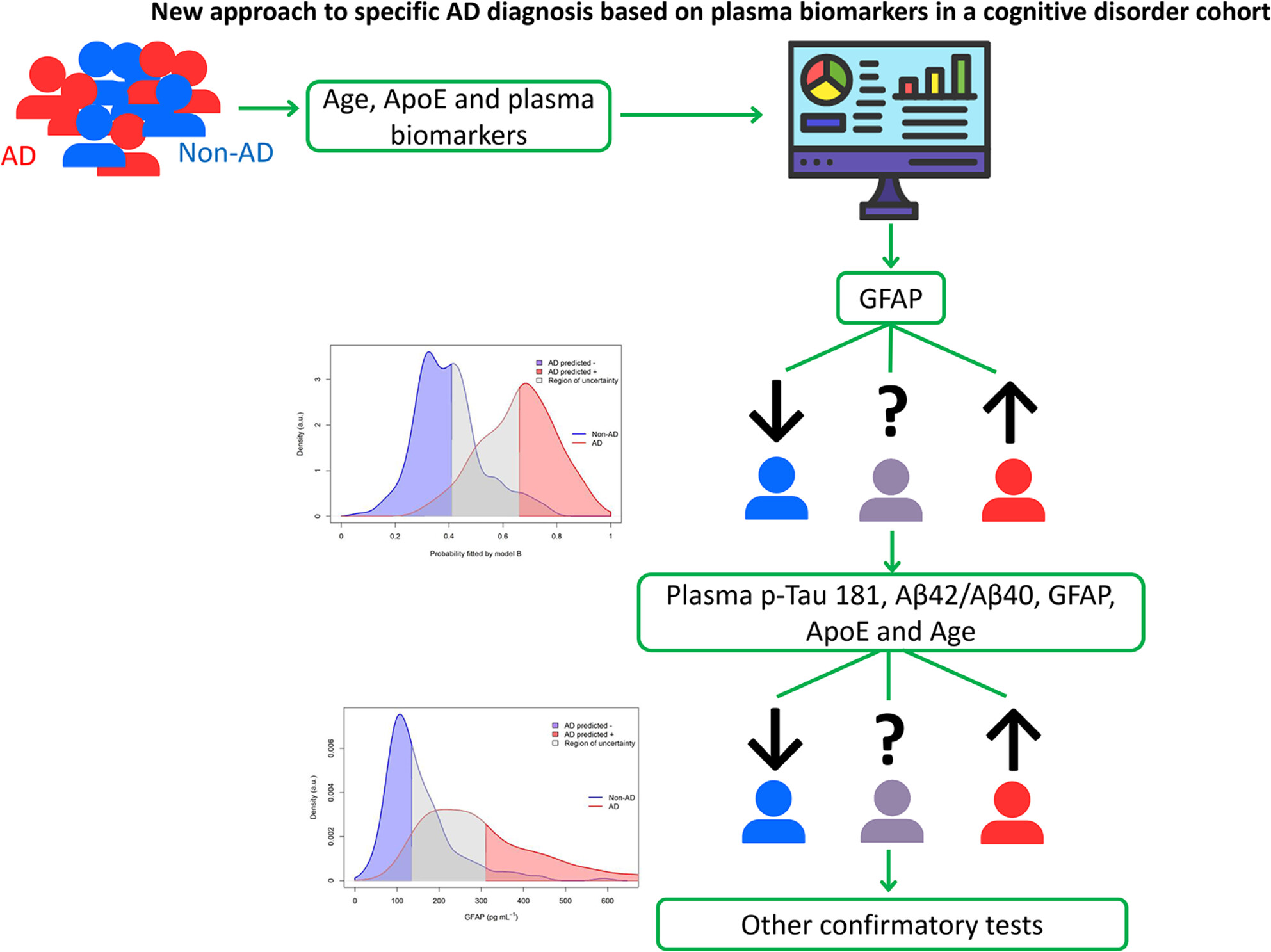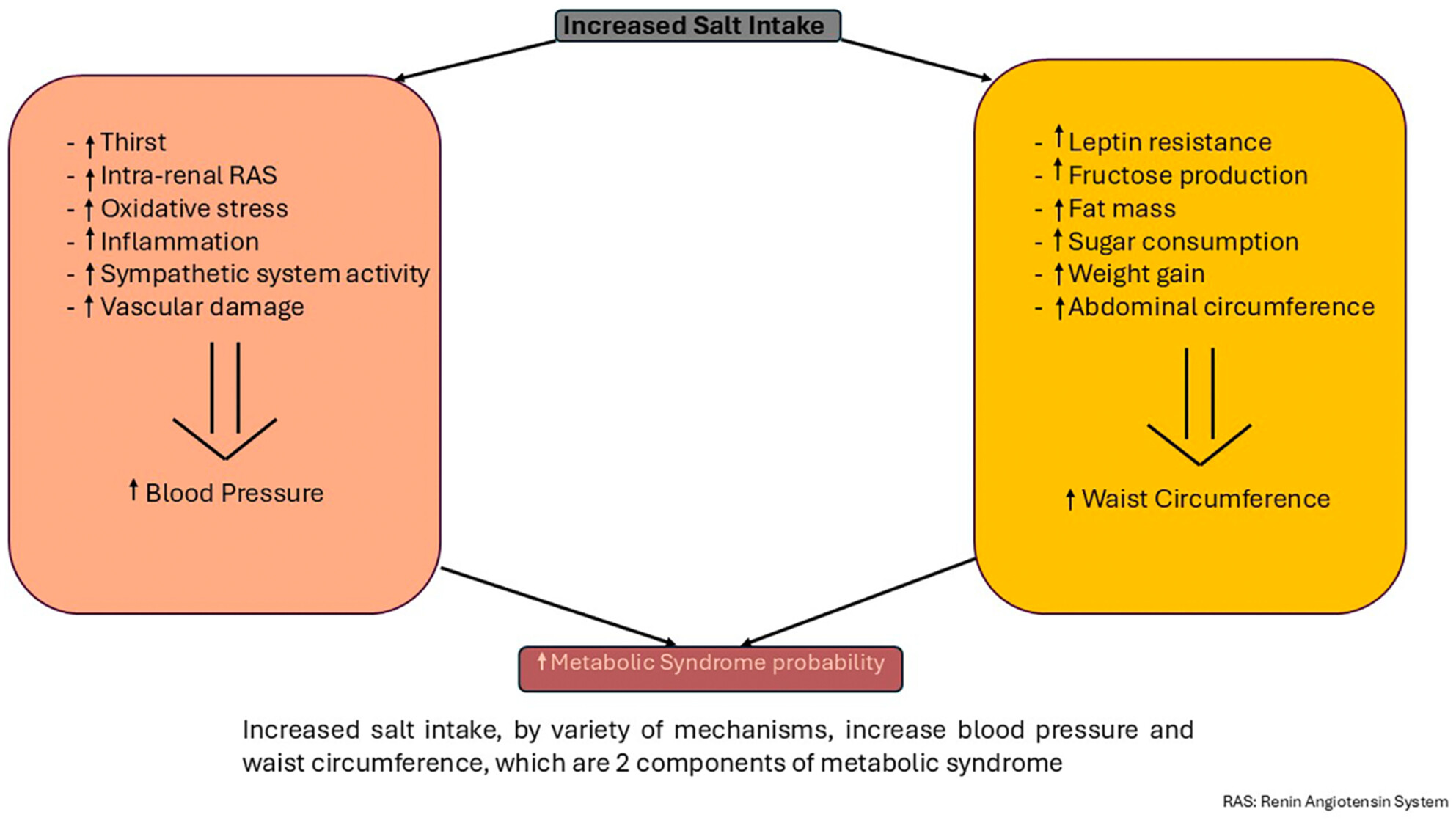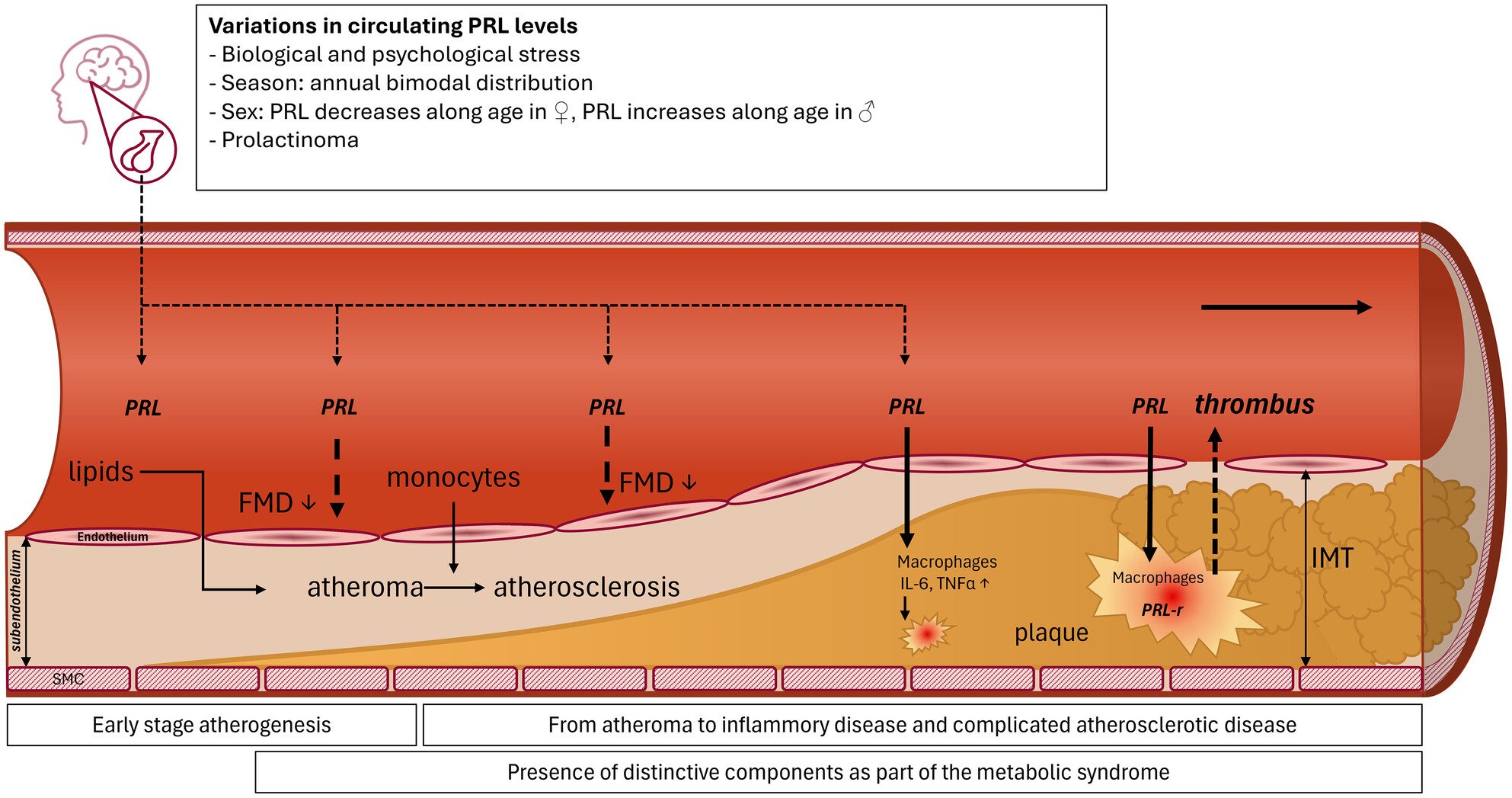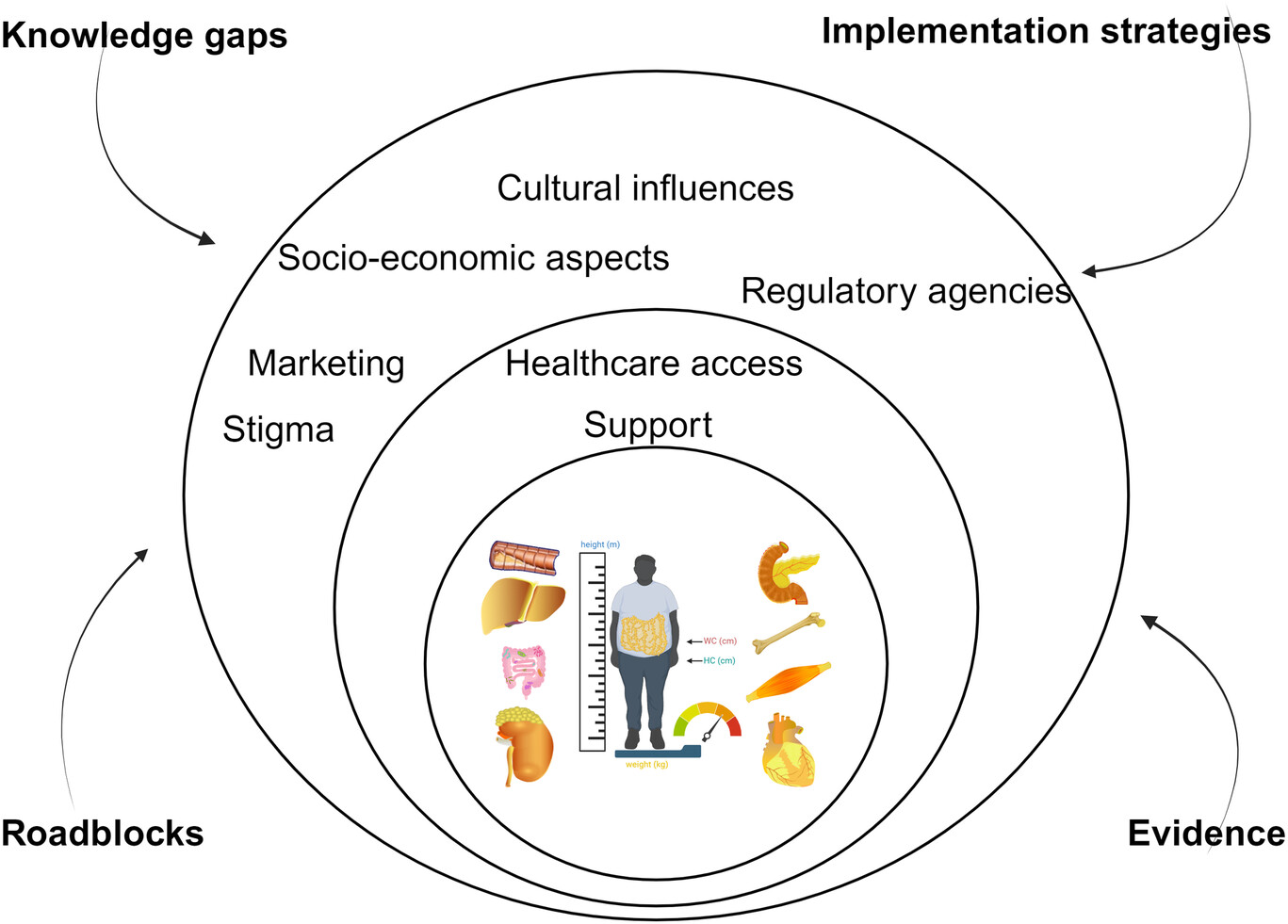Journal list menu
Export Citations
Download PDFs
ISSUE INFORMATION
ORIGINAL ARTICLE
Cellular composition and transcriptomics of subcutaneous adipose tissue linked to blood glycated haemoglobin
- First Published: 26 March 2025
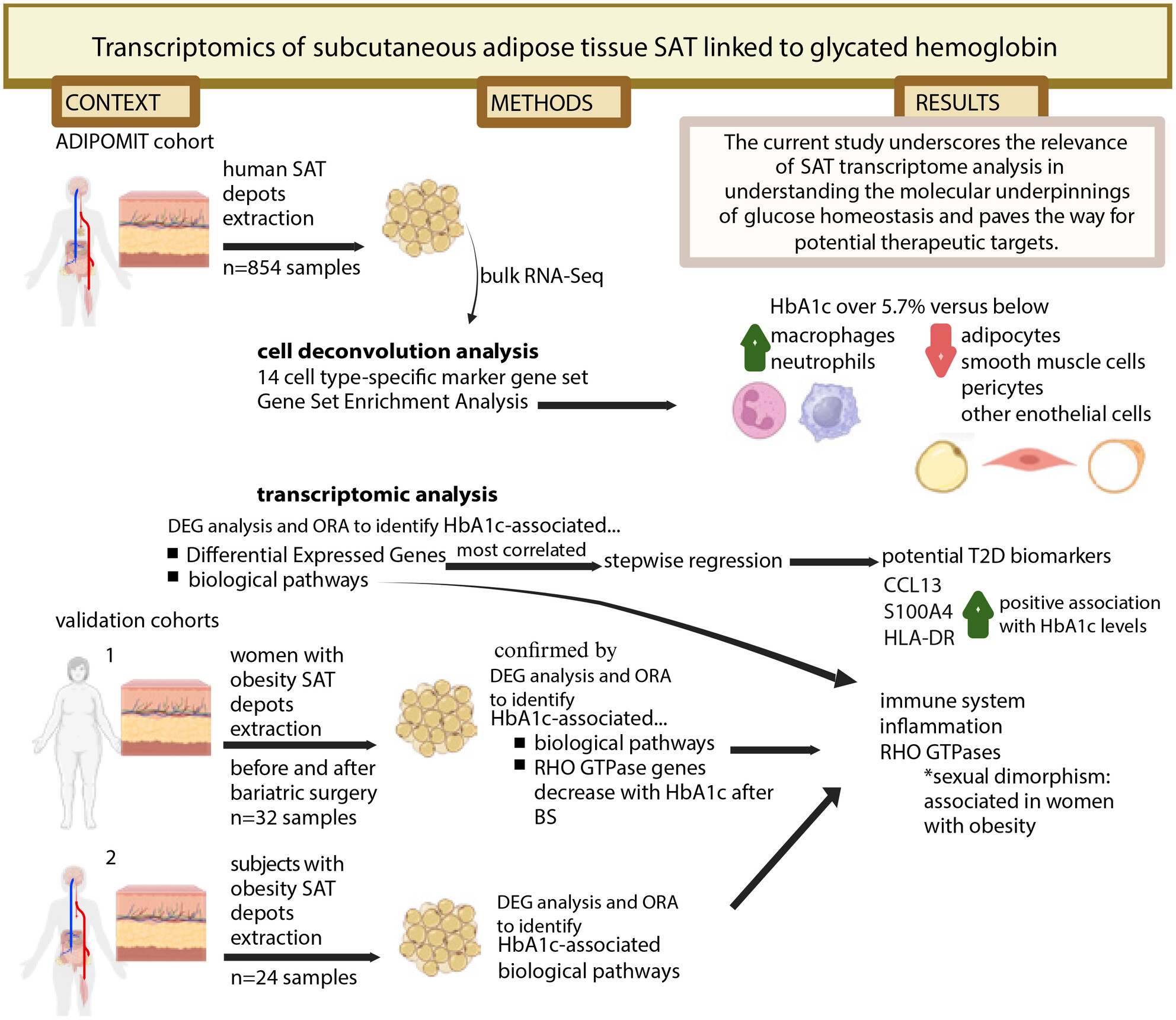
Immune cell overrepresentation in SAT in subjects with high HbA1c was accompanied by decreased adipocytes, smooth muscle, pericytes and other endothelial cell numbers. Immune system and inflammation-related pathways, cellular senescence and telomere-related pathways, nervous system development and extracellular matrix organization were associated with HbA1c levels in SAT. RHO GTPases may play a role in glucose homeostasis, with a possible sexual dimorphism associated with HbA1c levels, shaped by the obesity state. CCL13 and S100A4 genes expressed in SAT strongly correlated with HbA1c levels. AT transcriptome analysis is key for unravelling T2DM complexities.
New approach to specific Alzheimer's disease diagnosis based on plasma biomarkers in a cognitive disorder cohort
- First Published: 22 March 2025
Serum fibulin-1 levels and target organ damage in patients at high cardiovascular risk: A prospective observational study
- First Published: 26 March 2025
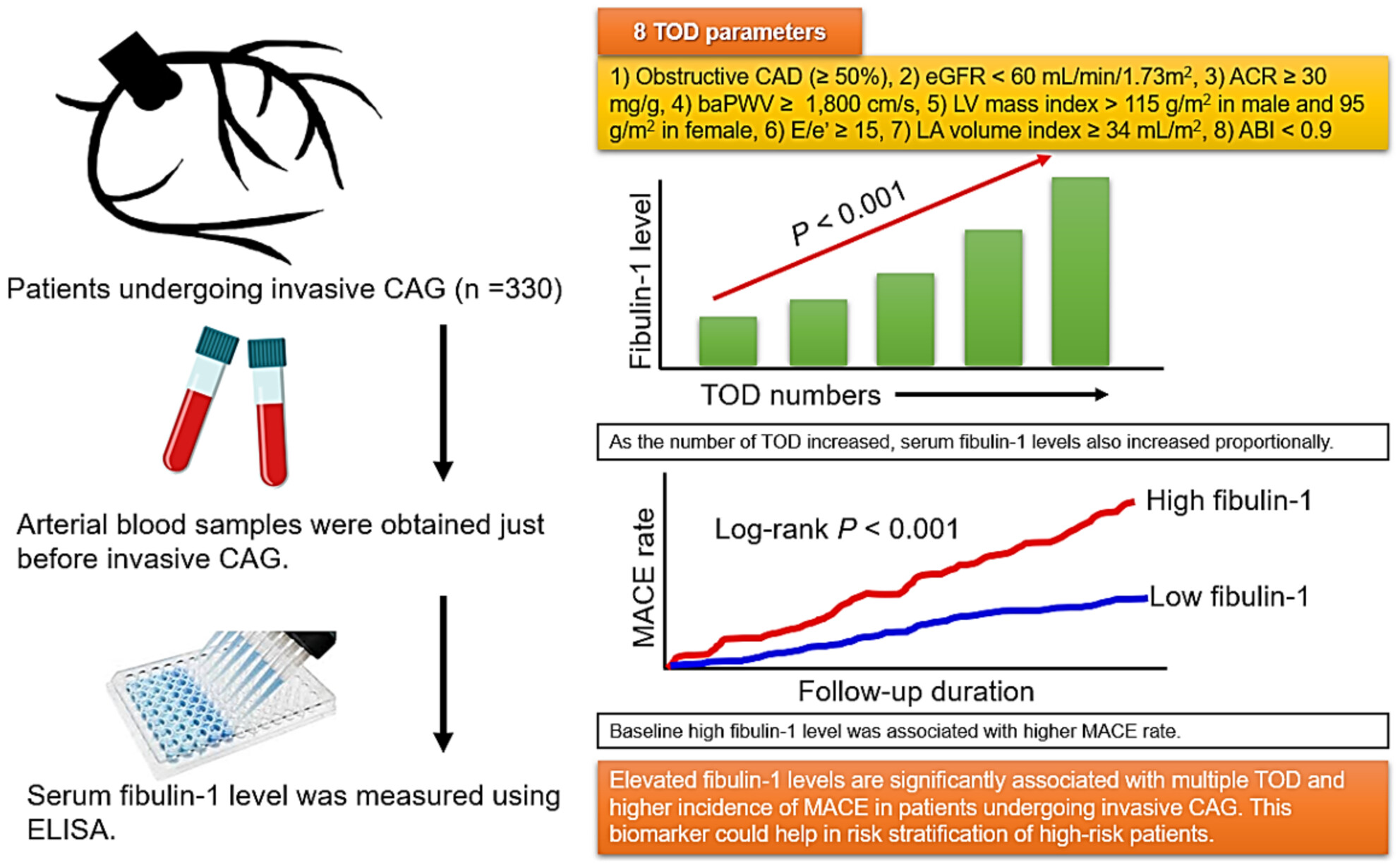
In a study of 330 patients undergoing invasive coronary angiography (ICA), higher serum fibulin-1 levels were associated with increased target organ damage (TOD) parameters (p < .001). Multivariable analysis showed that fibulin-1 levels ≥413 mcg/mL significantly predicted TOD. During a median follow-up of 9.36 years, major adverse cardiovascular events (MACE) occurred in 15.2% of patients, with fibulin-1 levels ≥491 mcg/mL independently associated with MACE risk (hazard ratio, 3.13; p < .001). These findings suggest fibulin-1 could aid in risk stratification of high-risk patients.
Afterload mismatch after transcatheter edge-to-edge repair in functional mitral regurgitation: A propensity-score matched analysis
- First Published: 27 March 2025
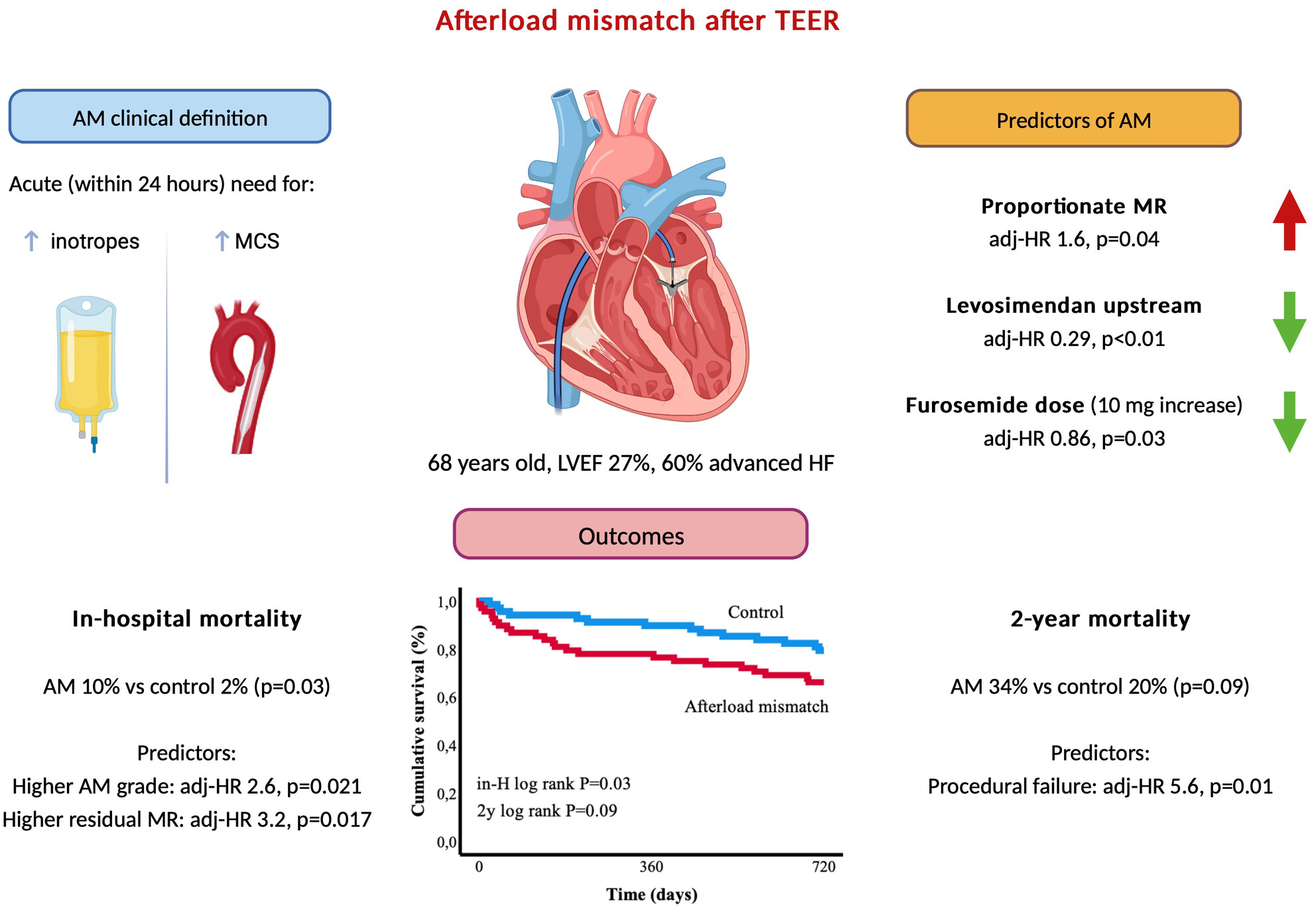
This study proposes a new clinical definition of afterload mismatch (AM) in patients with severe functional mitral regurgitation (FMR) undergoing transcatheter mitral valve repair (TEER). Findings indicate that AM, identified through hemodynamic deterioration requiring inotropic support, is linked to in-hospital mortality but does not affect long-term survival. Pre-procedural use of levosimendan and higher doses of diuretics were associated with a reduced AM risk. Procedural success predicted better outcomes, suggesting that AM's clinical impact is transient, affecting only acute, short-term hemodynamics post-TEER.
The impact of immature granulocytes on the outcome of patients with decompensated cirrhosis
- First Published: 11 April 2025
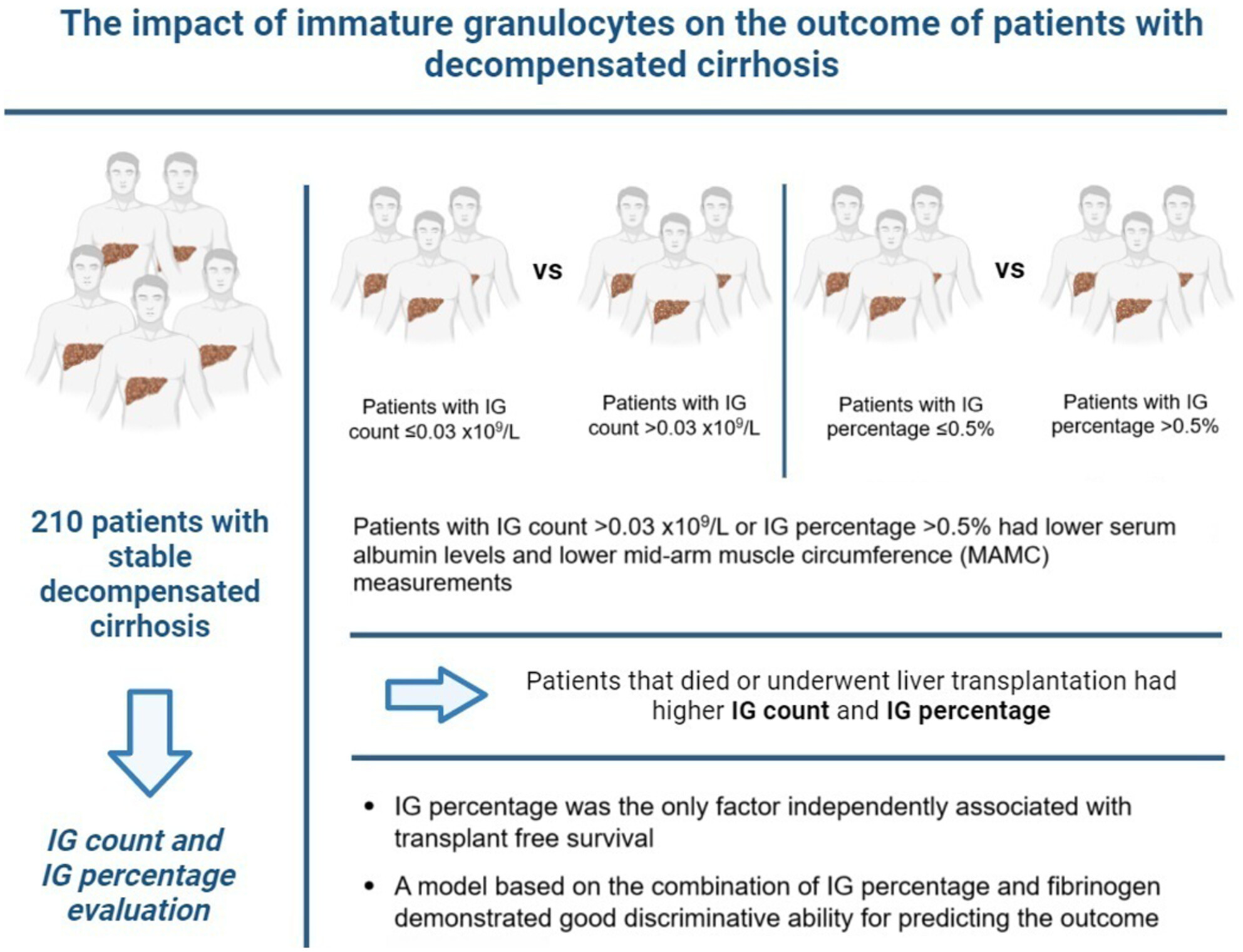
Immature granulocyte (IG) count and percentage had a predictive role in patients with decompensated cirrhosis, making them an objective and easily available marker of prognosis for this group of patients. In addition, IG percentage was the only factor independently associated with transplant-free survival. Finally, elevated IG percentage and IG count were significantly associated with lower mid-arm muscle circumference measurements, lean mass to height ratio [LM/h2] and appendicular lean mass to height ratio [ALM/h2].
SYSTEMATIC REVIEW
Torque teno virus as a marker of immune status in immunocompromised patients: A systematic review
- First Published: 15 May 2025
NARRATIVE REVIEW
The relationship between excess sodium intake and metabolic syndrome: Worth consideration?
- First Published: 25 March 2025
Pulmonary hypertension and associated heart failure: New insights on emerging signalling pathways
- First Published: 28 March 2025
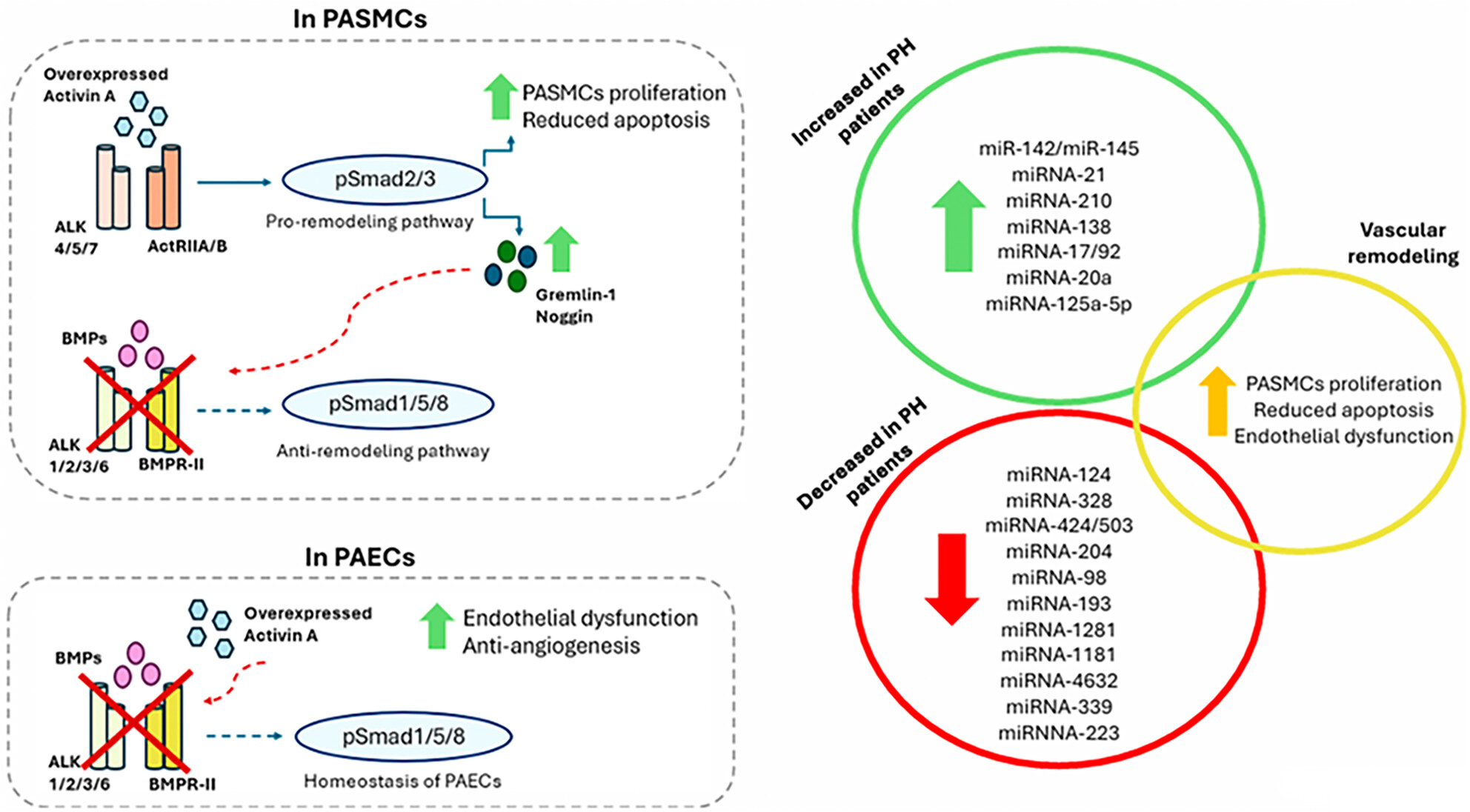
Pulmonary hypertension associated with left heart disease (PH-LHD) represents the hemodynamic condition at rest resulting from pathologies that affect the left ventricle and/or the left atrium. Among the left heart diseases, heart failure is the most frequent cause of PH. PH-LHD is the most common cause of PH, accounting for 65–80% of diagnoses. Several drugs targeting specific signalling pathways involved in the pulmonary remodelling in PH-LHD, including nitric oxide, MAP kinase and endothelin-1, have been tested in randomized clinical trials (RCTs), with disappointing results in terms of efficacy and safety. Therefore, PH-LHD still remains orphan of specific therapies able to counteract the pre- and post-capillary remodelling of the pulmonary circulation. In this article, we will discuss the pathophysiology and molecular mechanisms of PH-LHD. We will focus on the novel biomarkers and emerging signalling pathways involved in the pathophysiology of PH-LHD that could suggest novel molecular targets for the treatment of this condition.
The contribution of prolactin in the occurrence of premature cardiovascular disease predominantly through modulating the inflammatory cascade
- First Published: 21 April 2025
Bridging the gap in obesity research: A consensus statement from the European Society for Clinical Investigation
- First Published: 15 May 2025
The evolving role of positron emission tomography in precision prostate cancer biopsy
- First Published: 23 April 2025
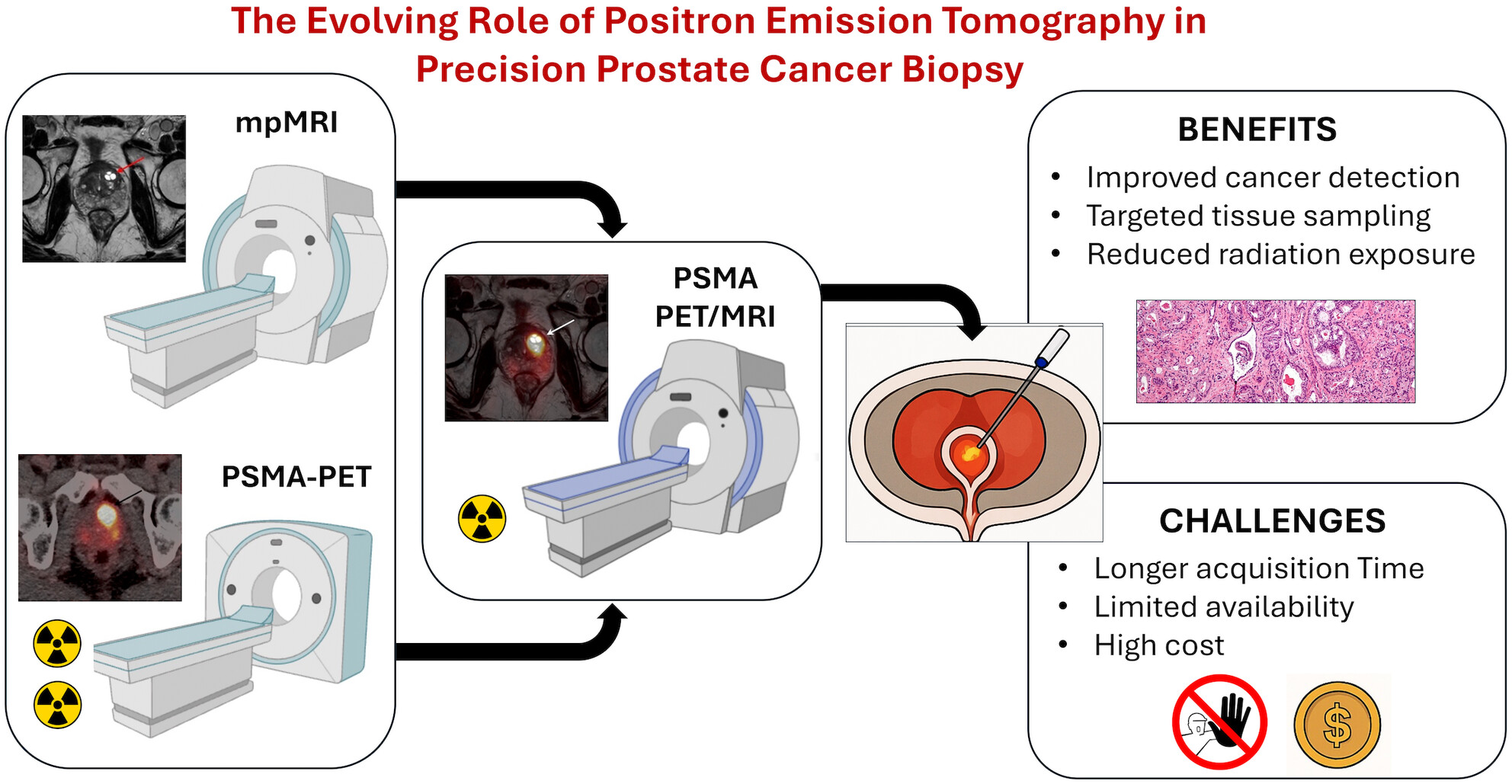
Prostate biopsy plays a pivotal role in the detection and characterization of prostate cancer. PSMA PET-targeted biopsy represents a significant advancement in prostate cancer diagnostics, offering higher sensitivity, specificity and accuracy in detecting clinically significant lesions compared to traditional methods. PSMA PET, when combined with mpMRI, eventually in hybrid PET/MRI systems, provides improved sensitivity and specificity, enabling more precise tumour localization and a more personalised approach to prostate cancer management.
PERSPECTIVE
RESEARCH LETTER
Pregnancy-specific glycoprotein 1 promotes wound closure in animal models
- First Published: 29 April 2025
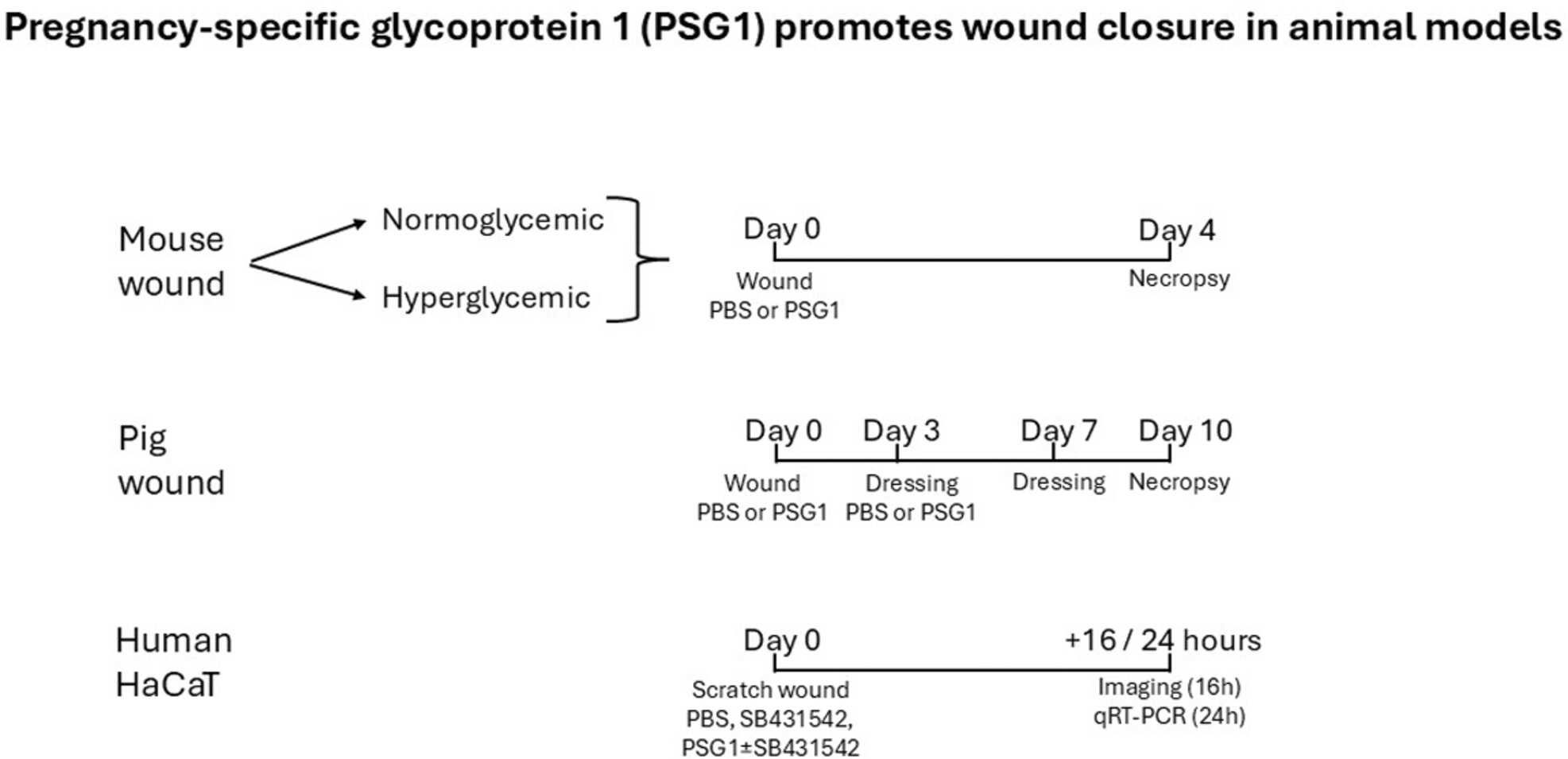
Recombinant human PSG1 administered intradermally at wound margins enhances skin wound healing in the mouse and pig, including in an acute diabetic mouse model. A highly significant effect on wound re-epithelialisation was observed in the pig, and PSG1 treatment of the human HaCaT keratinocyte cell line regulated wound healing-associated genes and enhanced scratch wound closure in cell monolayers in vitro. Clinical use of PSG1 might enhance closure of incisional and traumatic wounds and enhance re-epithelialisation of burn injuries.
LETTER TO THE EDITOR
Concerns regarding interpretation in systematic review of exercise and endothelial glycocalyx
- First Published: 16 April 2025




